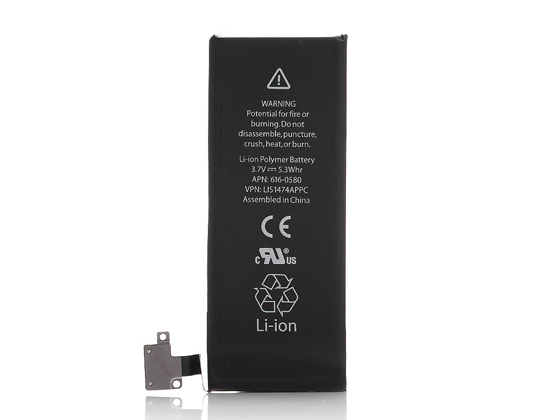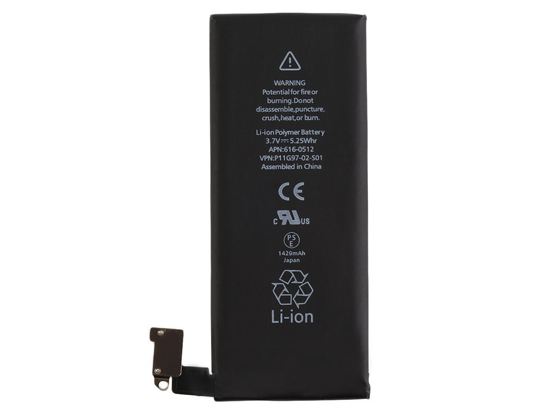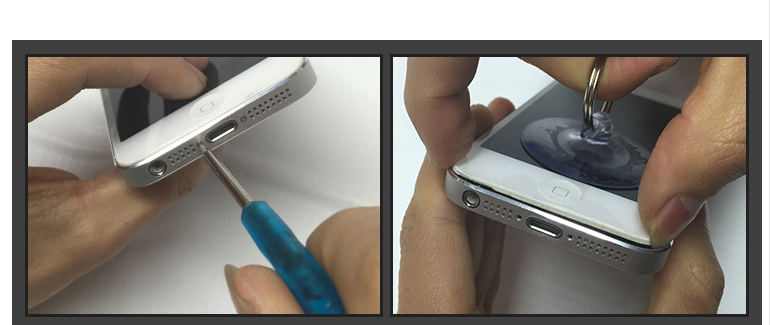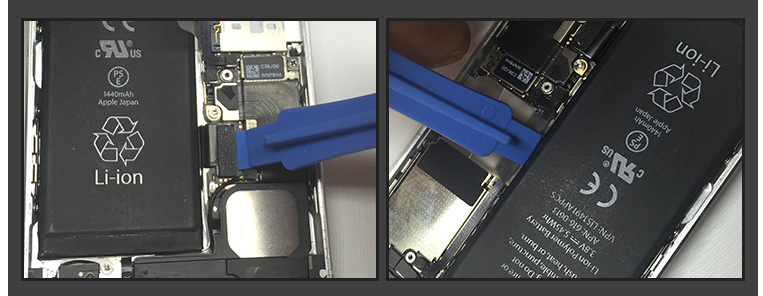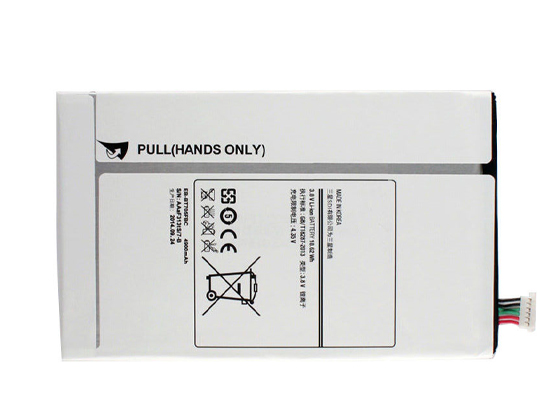Do you know what the phone is most afraid of? The persecution of nature and your own negligence are the reasons for its shortened life! Here are five phones that are most afraid for your reference.
First fear: wet environmental damage:
Avoid using the phone in a humid environment (seaside/rain) to prevent large amounts of moisture from entering the board to form water spots, short circuits, or oxidation of the metal interface. Because if the charging hole is oxidized, there is a risk of burning when charging. The mobile phone should be used moderately to generate a certain temperature inside, and naturally evaporate the water vapor that is usually accumulated. If the mobile phone is not used for a long time, it needs to be specially protected from moisture. Soaking water: Obviously, what kind of things can still be alive after soaking in water? Sulfur: Avoid using mobile phones in places where sulfur is heavy, so as not to aggravate metal oxidation.
Second fear: damage caused by collision:
Basic common sense, mechanical collisions are easily damaged. Squeeze: The mobile phone is forced to oppress, although the damage is not as direct as the crash, but some screens have black spots, most of which are caused by the rupture and rupture of the liquid crystal. Because the pressure on the LCD screen can be quite limited, users should pay attention!
Third fear: damage to the temperature environment:
Mobile phones should be protected from heat exposure. In particular, the high temperature in the car in summer makes it easy for the board or battery to change due to high temperatures, and the screen is easily distorted due to material changes. Temperature difference: The temperature difference generated when the mobile phone enters and exits the air-conditioned room. The moisture generated by the cold air may corrode the circuit board, causing short circuit of the electronic components and affecting the life of the mobile phone!
The fourth fear: damage to the improper use of the battery:
If the original battery is not used, the contact between the phone and the battery is not as good as the original battery. Shake for a long time,
There may be loose joints and prone to momentary power outages.
Charging: Do not turn on the phone while charging, so as to avoid the high temperature of the phone charging the board. The car charger should be plugged in after the car is started, so as to avoid the instantaneous peak current flowing back to the mobile phone when the car is started, causing damage to internal parts. Friends who go abroad often have to bring some spare batteries. Otherwise, they must use the original charger to avoid the voltage difference and hurt the machine. Static electricity: The human body is charged with static electricity. If the disassembly and assembly of the mobile phone is not carried out on a platform that can discharge static electricity, it may cause the electrostatic entrainment to invade the fuselage and cause a short circuit.
Fifth fear: the harm of dust and grease:
The accumulation of dust can also interfere with current conduction between the board contacts. Grease: The long-term veneer of the mobile phone panel, the oil on the face may penetrate into the fuselage, pollute the internal lines, causing damage!

